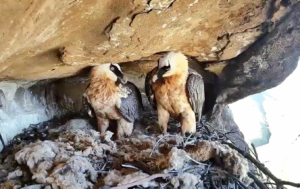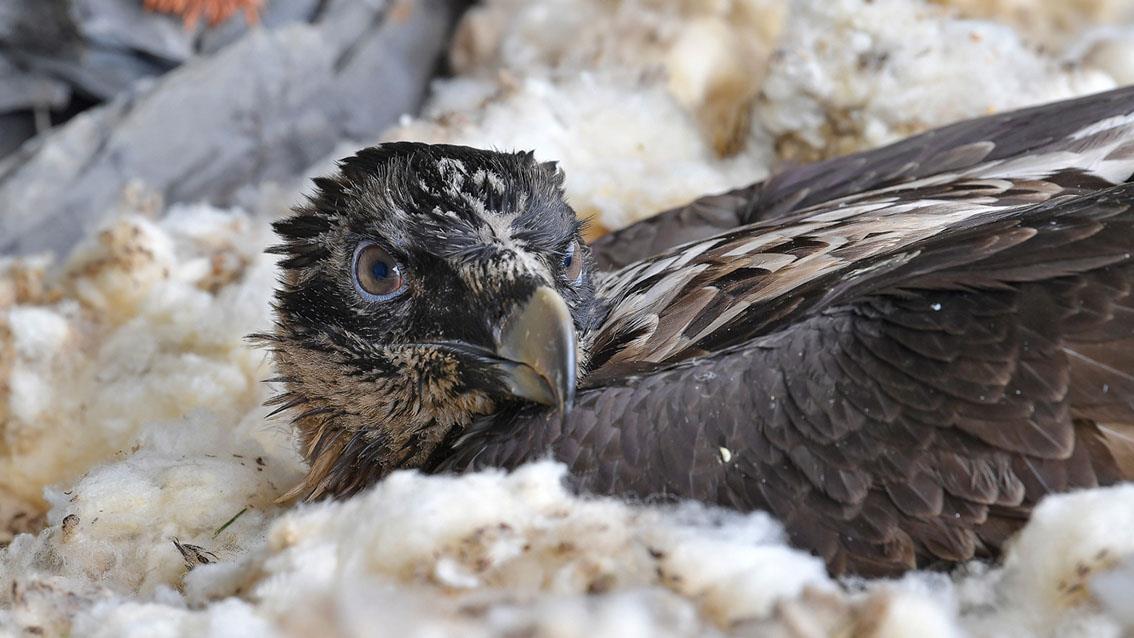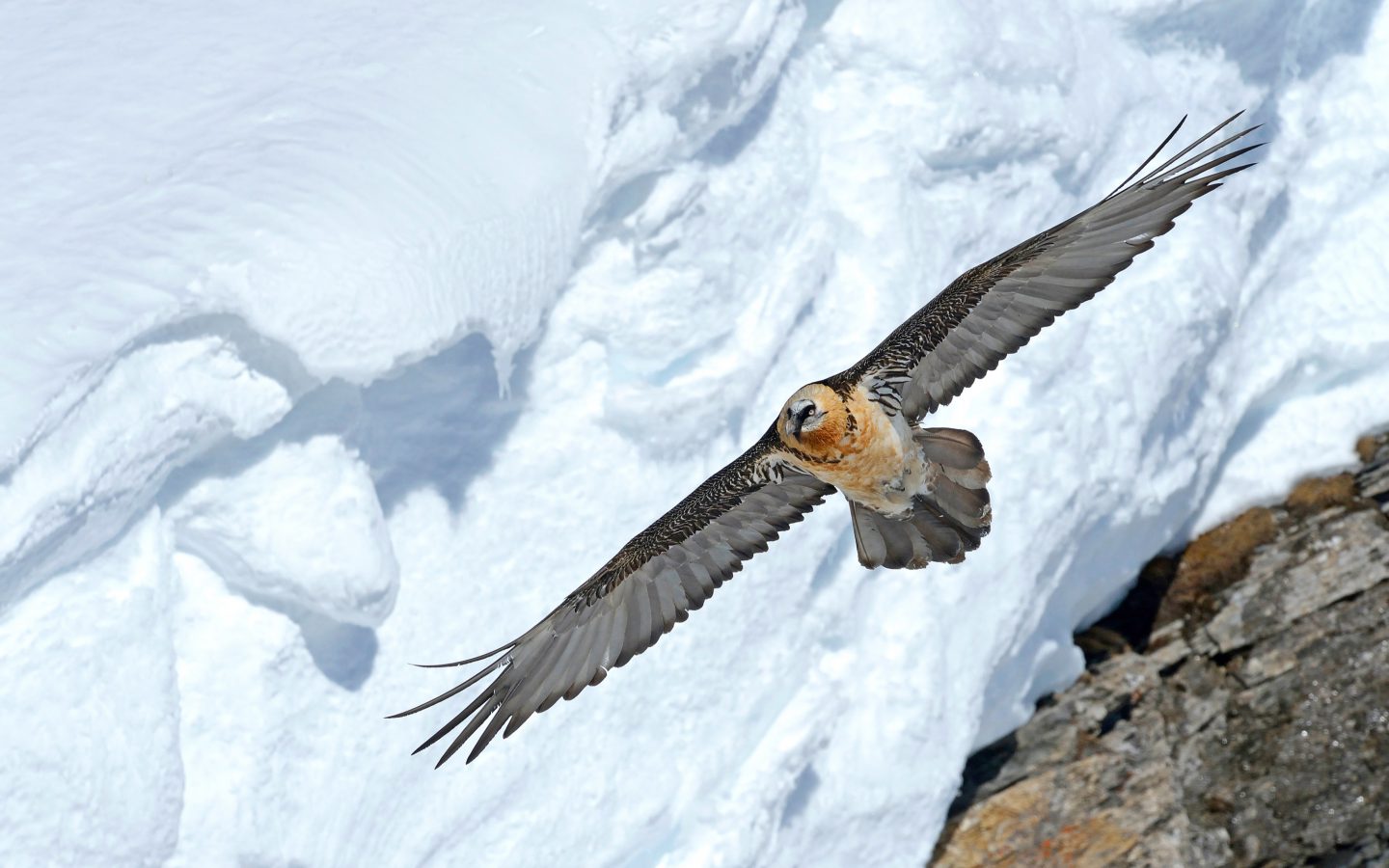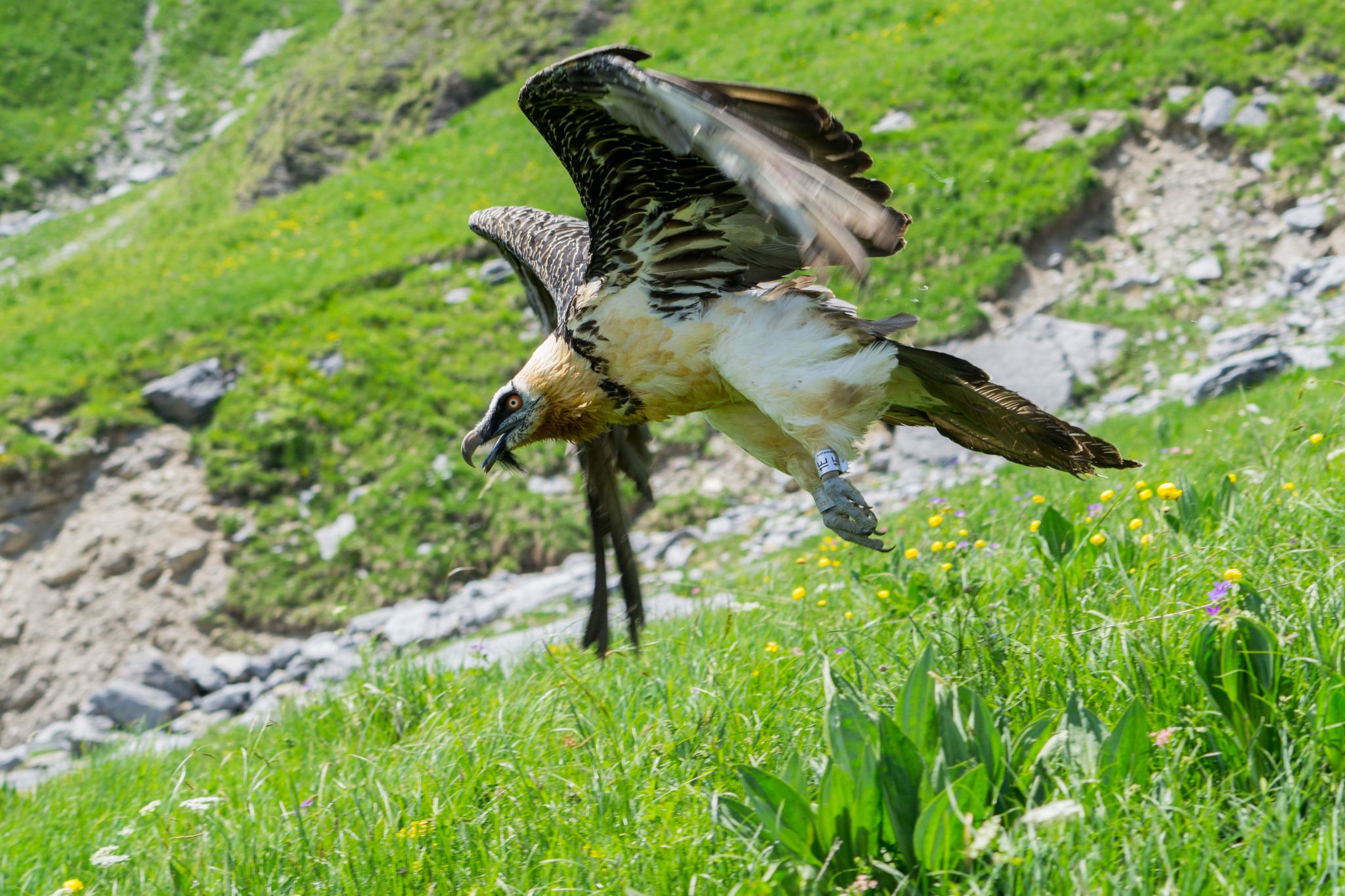For the first time in over a century, a Bearded Vulture hatched and fledged in the wild in Cantabria, Spain. The young bird, named Candela, marks a major milestone in the long-running effort to bring this iconic species back to the Picos de Europa.

A century-long absence broken
The Bearded Vulture that was absent from the Cantabrian skies for a hundred years has made a historic comeback. The chick that made it happen, named Candela, hatched in the wild in the Picos de Europa and has successfully taken its first flight.

This is the first documented case of a wild-hatched and free-flying Bearded Vulture in Cantabria since the species became locally extinct in the 20th century. Candela’s parents, Biziele and Niebla, originally from the Pyrenees, were relocated to the region through a rescue and reintroduction programme.
The favourable environment of Liébana—with its stable food sources, traditional pastoral systems and low levels of disturbance—provided the ideal conditions for the pair to settle and raise their chick naturally.
The power of collaboration
This success story is the result of more than 15 years of sustained efforts involving local, regional, and national institutions. Wildlife rescue units, such as the Guardia Civil, supported by governments from both Cantabria and Aragón, enabled the safe transfer and release of breeding individuals into suitable habitats.
The project, led by Fundación para la Conservación del Quebrantahuesos, has also been actively supported by the Picos de Europa National Park, the Ministry of Rural Development and Environment of Cantabria, the public company MARE and local authorities, including the mayors of Potes and surrounding municipalities, as well as technical leadership from conservation and biodiversity officials.
Since the launch of the LIFE Pro Bearded Vulture project in 2000, a total of 57 individuals have been released into the wild. Out of these, 40 have survived, with ages ranging from 15 years to newly hatched chicks. Additional conservation efforts have included improving habitats, reducing threats such as poisoning and electrocution, and creating artificial nesting sites. The project also supports extensive livestock farming in mountainous areas, which is crucial for maintaining the rural habitat of the Bearded Vulture.



Integrating biodiversity and rural livelihoods
A key part of the Bearded Vulture’s return has been linking conservation with traditional farming. Through the PRO Biodiversidad project, local farmers in Liébana are finding new value in wool—previously considered waste—and in sustainably raised lamb.
By supporting low-impact grazing, the initiative helps maintain the open landscapes that vultures and other species rely on. Wool is now collected, processed responsibly, and turned into a source of income for farmers.
Today, 22 farmers are part of this network, producing over 13,500 kilos of certified meat and wool each year. The short supply chain ensures fair prices and a stronger connection between local products and conservation goals.
The initiative also tackles the challenges of coexistence between wildlife and rural communities. The recovery of the Bearded Vulture occurs in regions with significant wolf activity, which creates tension for farmers. This tension often results in poisoning incidents that severely impact vulture populations, making it crucial to address these wildlife-human conflicts. Conservation and rural development authorities have reiterated their commitment to managing wolf populations effectively, with the goal of achieving a balanced and sustainable coexistence between wildlife and local communities.
Candela’s flight shows that with long-term vision and effective collaboration, it is possible to reverse local extinctions and restore endangered species to their native ecosystems.



